The art of the welcome
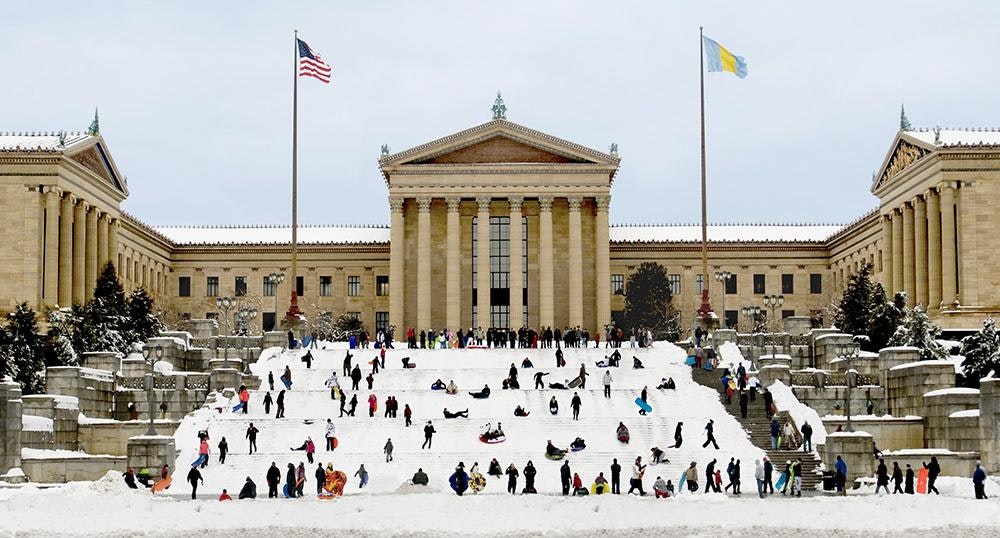
The good ones lift your spirits and make you glow, the bad ones leave you grumpy and off-kilter. Yes, welcomes matter, whether you’re opening the door to friends at home or greeting visitors – thousands of them a day, sometimes – at a major public art museum. As you may have noticed, our own beloved art museum, the Art Gallery of NSW, is closed at the moment, and we’re missing the welcomes that our visitor experience team bestow on every visitor. So, in this bumper Together In Art blog post, we’ve gone to them – our resident experts in the art of the welcome – and asked them to share some of their tales of crossing cultural thresholds. Here are their favourite welcomes from museums and galleries in Australia and around the world.
Karl Robideau, visitor experience manager
To choose only one welcome that inspires me is as challenging as selecting a favourite artwork: impossible! But, internationally, I have to praise the welcome experience at the Philadelphia Museum of Art. Approaching the museum along the Benjamin Franklin Parkway, you can’t help running up the museum’s ‘Rocky steps’ and re-enacting the famous movie scene. The welcome continues in the Great Stair Hall of the main building where the sculpture Diana is perched. This work in gilded copper by Augustus Saint-Gaudens once sat atop the original Madison Square Garden, making it the highest point in New York City. When the original Madison Square Garden was demolished, Diana made her way south and she now stands tall in the PMA on the highest point in Philadelphia. It’s no coincidence that I learned this from a guided tour that began in the entrance. The approachability of the staff and volunteers, and their desire to engage, educate and entertain, made me feel welcome and eager to discover more.
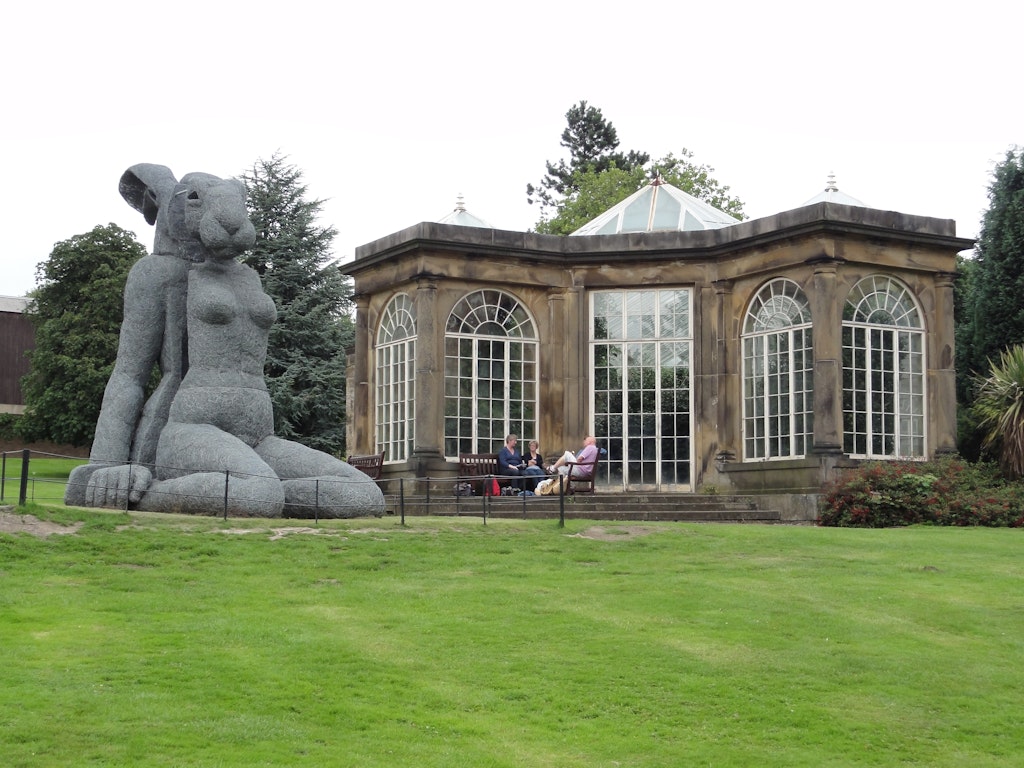
Yorkshire Sculpture Park. Photo: Ben Rimmer, licensed under a Creative Commons Attribution-NonCommercial-NoDerivs 2.0 Generic license
Katie Iveson, visitor experience host and family programs assistant
The welcome experience at Yorkshire Sculpture Park in England is like no other. Whenever I visit, in my trusty Wellington boots, I follow the path through the field amongst the local farmer’s sheep. I step ‘inside’ the gallery: 500 acres of beautiful countryside. The pelt of green grass counterpoints concrete and steel. In autumn, ancient oaks with amber leaves act as frames for works by Henry Moore and Barbara Hepworth. A deer near the lake stares at the Sol LeWitt sculpture, as puzzled as my dad. Our family’s Jack Russell pulls desperately towards Richard Long’s Red slate line, probably attracted by the rabbits, but I like to think she digs Long’s reductive geometry.
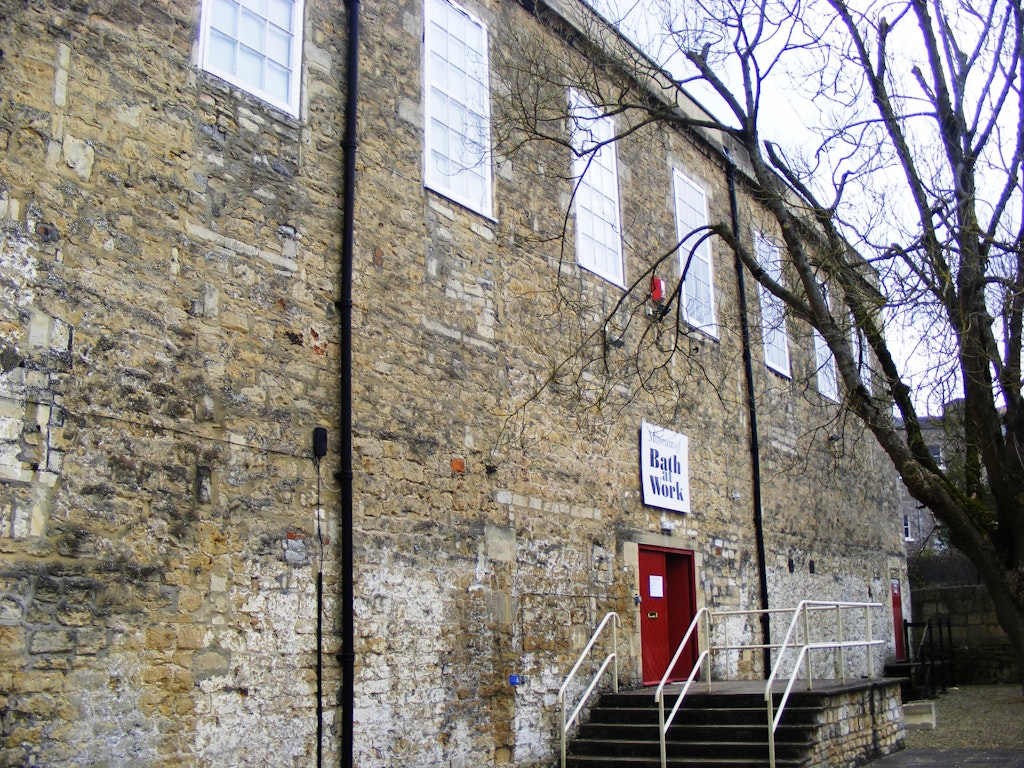
Nelia Justo, visitor experience host and artist educator
Many years ago, while exploring the back streets of the historical English town of Bath, I came across the Museum of Bath at Work. As this was mid-week, I was the only visitor. I was greeted by one of the two older gentlemen manning the desk, who seemed pleased to finally have a guest. I was open to meeting local characters on my travels – and a character he most certainly was. An affable and animated volunteer, he exuded enthusiasm and knowledge of all things local and historical. He whisked me off on a tour of the museum and we entertained each other and exchanged ample conversation and stories. I left two hours later with the museum catalogue, a couple of his free publications about Fred, the local giant – his other passion – and a fond, indelible memory of this unexpected encounter.
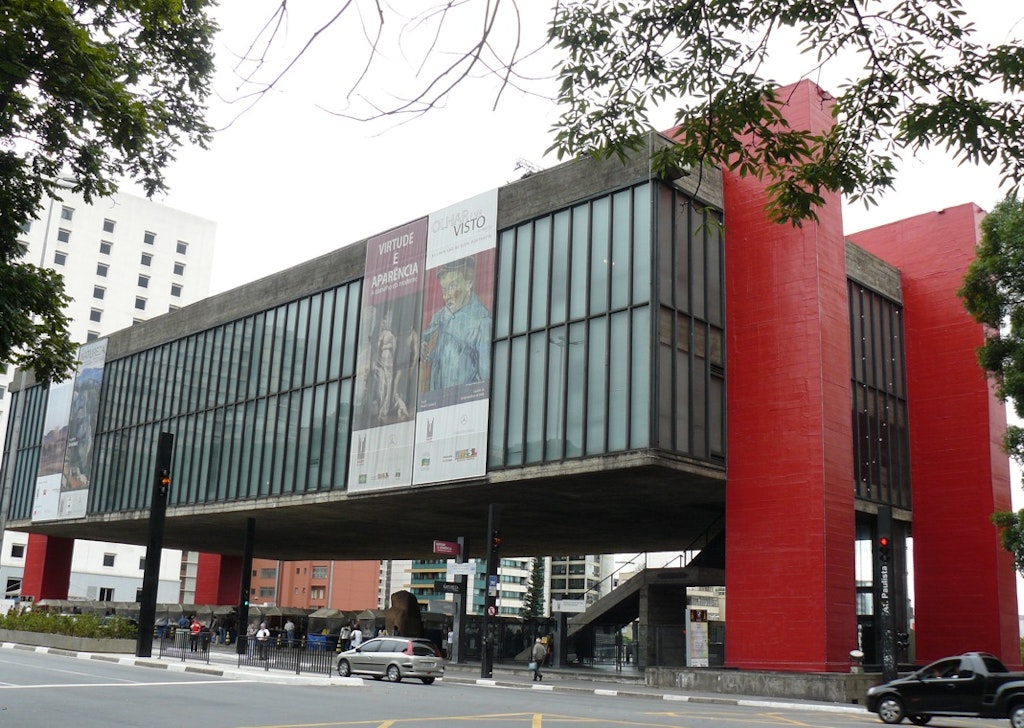
Museu de Arte de São Paulo. Photo: Pēteris 2009, licensed under a Creative Commons Attribution 2.0 Generic license
Fabio Ferreira, visitor experience host and Brett Whiteley Studio assistant
The Museu de Arte de São Paulo, or simply MASP, offers a thrilling welcome even before you go inside. Indeed, it fascinates because of what is not there. The building, designed by Brazilian architect Lina Bo Bardi in 1968, is supported by two lateral red beams which create a large, open social space underneath. It is said that, before the inauguration, most workers were afraid that the building would fall after scaffoldings and pillars used in the construction were removed. This space was a stage for many episodes of my life: demonstrations, concerts and the Sunday antiques fair. Even when it simply offered shelter from the rain or scorching sun, MASP’s architecture was always, itself, welcoming.
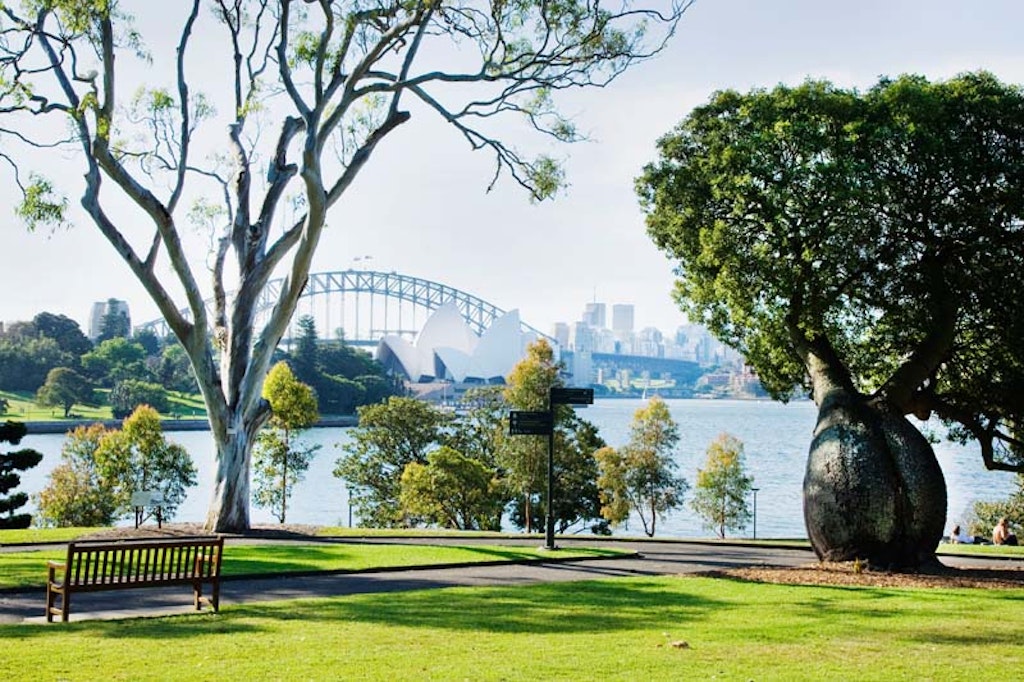
Royal Botanic Garden Sydney. Photo: Simone Cottrell, licensed under a Creative Commons Attribution-NonCommercial-NoDerivs 2.0 Generic license
Paris Taia, visitor experience host
Strolling into the Domain one day after working at the Gallery, I wandered pathways that share edges with Sydney Harbour. Greeted by mighty fig trees with hanging prop roots and squeaking bats hanging above, I reflected that it had been too long since my last walk through the Royal Botanic Garden. Then, in the nursery, I encountered some extraordinary volunteers. These impassioned plant-lovers shared my excitement about the honey-scented alyssums that were carpeting the ground in purple and white, and the wisteria I’d just seen billowing over trellises. Their collective enthusiasm in offering propagation tips reignited my passion for horticulture and design. Their kind welcome and generously shared knowledge take me back to the gardens every week now.
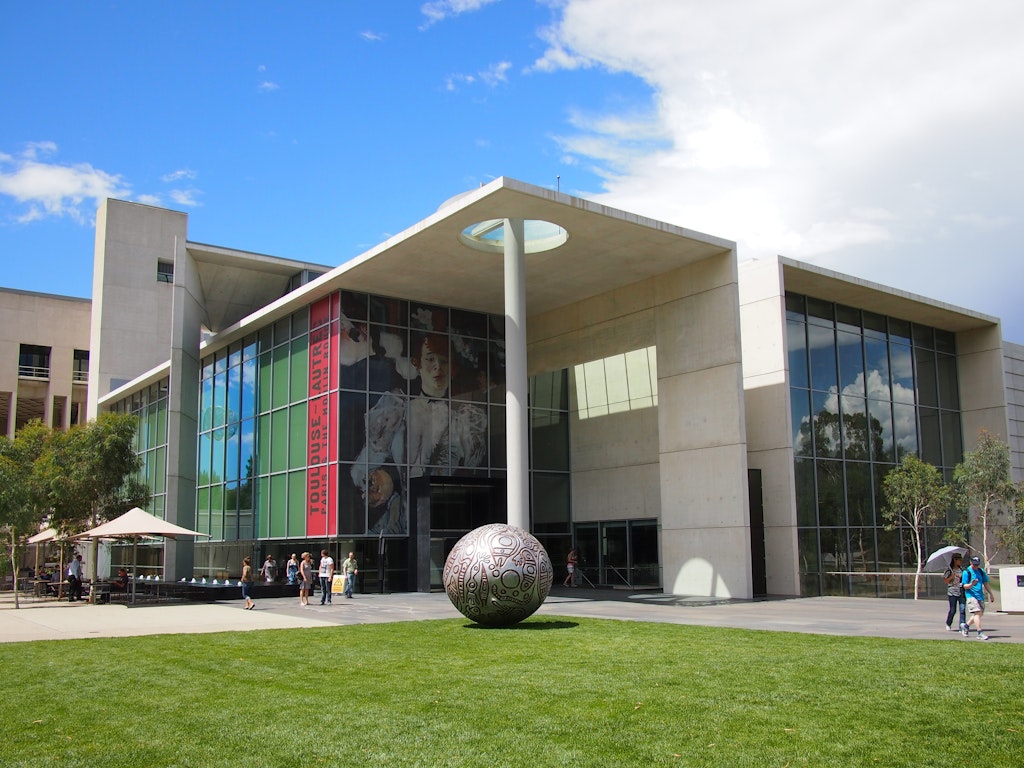
National Gallery of Australia. Photo: Nick D, licensed under a Creative Commons Attribution-Share Alike 3.0 Unported license
Catherine Pye, visitor experience lead host
I experience a strong welcome-back sensation as soon as I walk through the door of the National Gallery of Australia. Growing up in Canberra as an arty kid at a sporty school, the NGA was my favourite retreat. I used to love sinking right down in one of the low leather armchairs with my sketchbook, watching autumn leaves in the sunlight through the windows or trying to find hidden nooks in the galleries. Every time I visit now, the smiling staff and smell of the building (a specific scent that reminds me of coffee, books and concrete) take me right back to that time. While it’s the art that gets me there, it is the sensory and human experiences that make it feel like coming home.
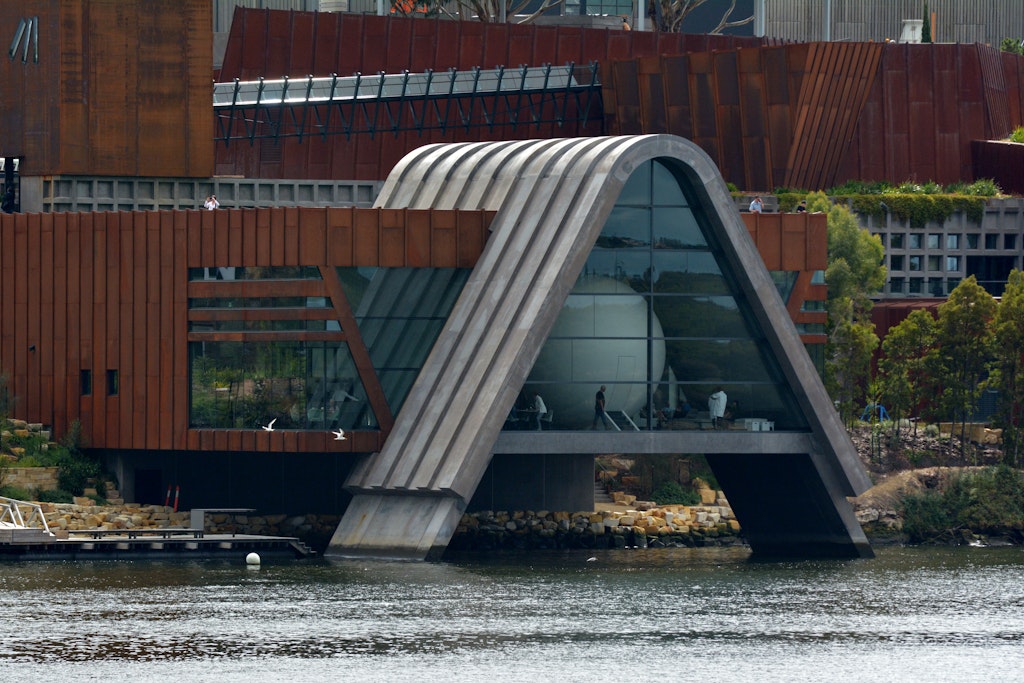
Karolin Wu, visitor experience host and bookings assistant
The experience of visiting a museum can sometimes be stressful – I worry whether I’ll be smart enough for the environment. The welcome at the Museum of Old and New Art in Hobart wasn’t the warmest, but it was a rare and exceptional experience. Travelling there, I felt like a first-year student travelling across the harbour to the Hogwarts Castle of Contemporary Art. The air was filled with the scent of sea salt and alcohol. A bar awaited as I descended inside the capsule of the lift to the stony depths of the building. MONA, like its owner David Walsh, welcomed me in a punky weirdo way, as if it were saying, ‘Just relax, I’ll let you know a little bit about the artist, a little bit of the idea, and little bit of the inside joke. Grab a drink if you want to. Don’t you worry. We’re not such a holy temple’.
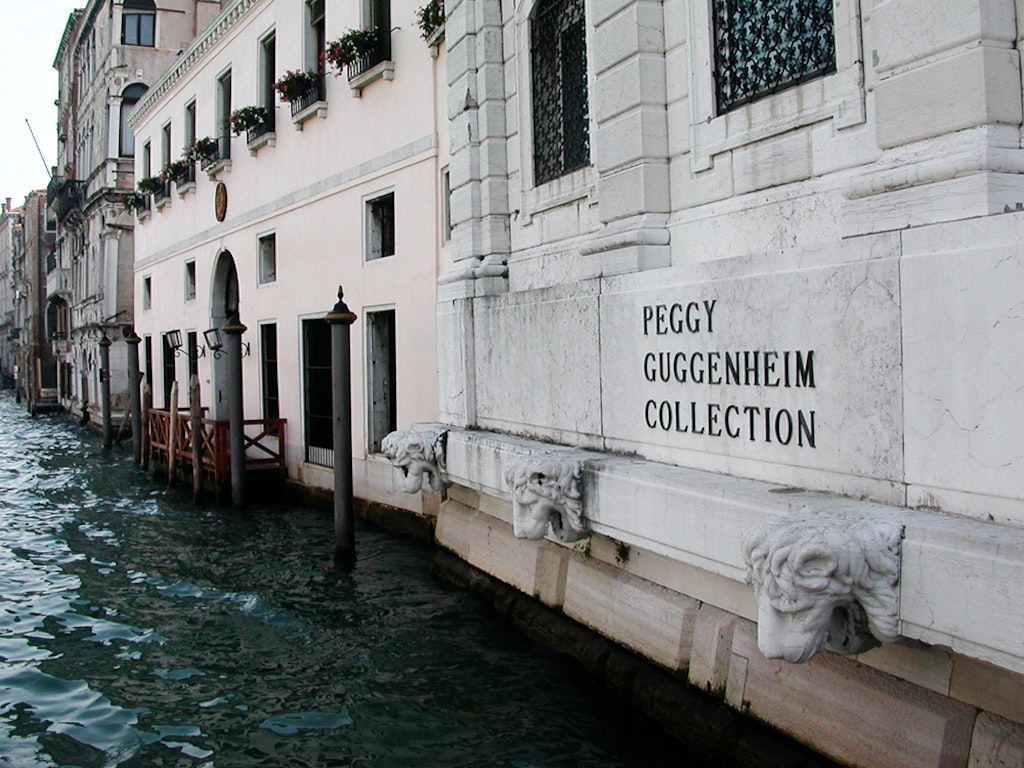
Peggy Guggenheim Collection. Photo: gabrilu, licensed under a Creative Commons Attribution-NonCommercial-NoDerivs 2.0 Generic license
Courtney Wagner, visitor experience host and artist educator
The welcome at the Palazzo Venier dei Leoni in Venice, which houses the Peggy Guggenheim Collection, was one of the most magical I have ever experienced, like entering a world within a world. After being ferried across the Grand Canal on a traghetto, I stepped up onto the cobblestone shore and entered a moment of stillness. Though Venice’s streets are laden with tourists, there was quiet on the off-beat paths that approach the palazzo from a less well-trodden direction. The smell and sound of lapping salt water were soon replaced by floral sweetness and polite chatter. Through the courtyard entry to the museum and the air-conditioned respite of the ticketing area, I moved on to the sculpture garden and shrine, where the late Peggy Guggenheim and her beloved dogs rest. I was greeted with a smile by hosts from all over the world who wore flag brooches representing the languages they speak. Then I was left to discover the treasures beyond the architectural delights that are the wrought-iron double doors which form the entrance to the museum building and Peggy Guggenheim’s former home. It was intimate and personal, and I felt as if I had the entire place to myself. Perhaps this was the case or simply the pure enchantment of it all.
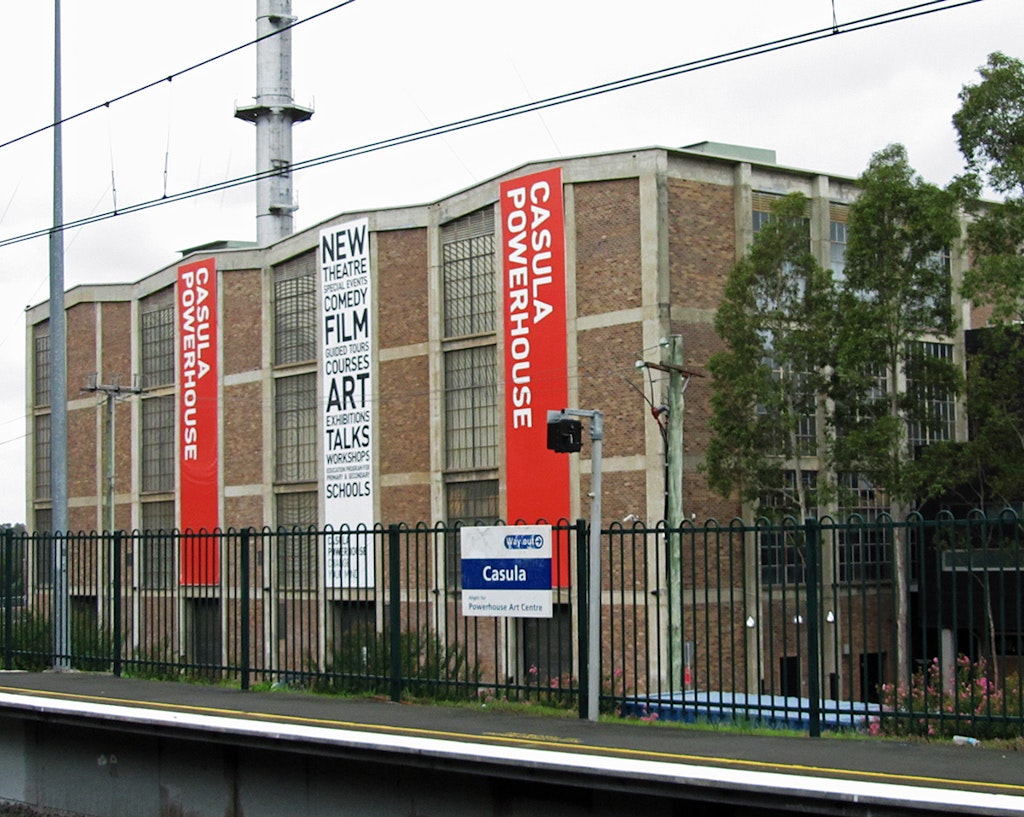
Casula Powerhouse Arts Centre. Photo: Newtown graffiti, licensed under a Creative Commons Attribution 2.0 Generic license
Veronica Habib, visitor experience host and family program assistant
Down the stairs and a few steps away from Casula Station is the Casula Powerhouse Arts Centre. As someone who grew up in Western Sydney, I have enjoyed many visits to the repurposed powerhouse on the banks of the Georges River. The chime of the bellbirds when entering the building and the genuinely welcoming and engaging staff all generate a sense of community that echoes throughout. More than that, the arts centre reaches out to – and welcomes in – communities and organisations, including hospitals. As a child, and particularly one with an ill parent, I found a sense of sanctuary. Later, as a visitor, volunteer and exhibitor there, I have felt not only welcome but part of a community. A particularly vivid memory is, unsurprisingly, of a collective project: the hiss of spray paint followed by the tinks of cans hitting the floor and the smell of fresh paint during the communal ‘graffiti tanks’ project.